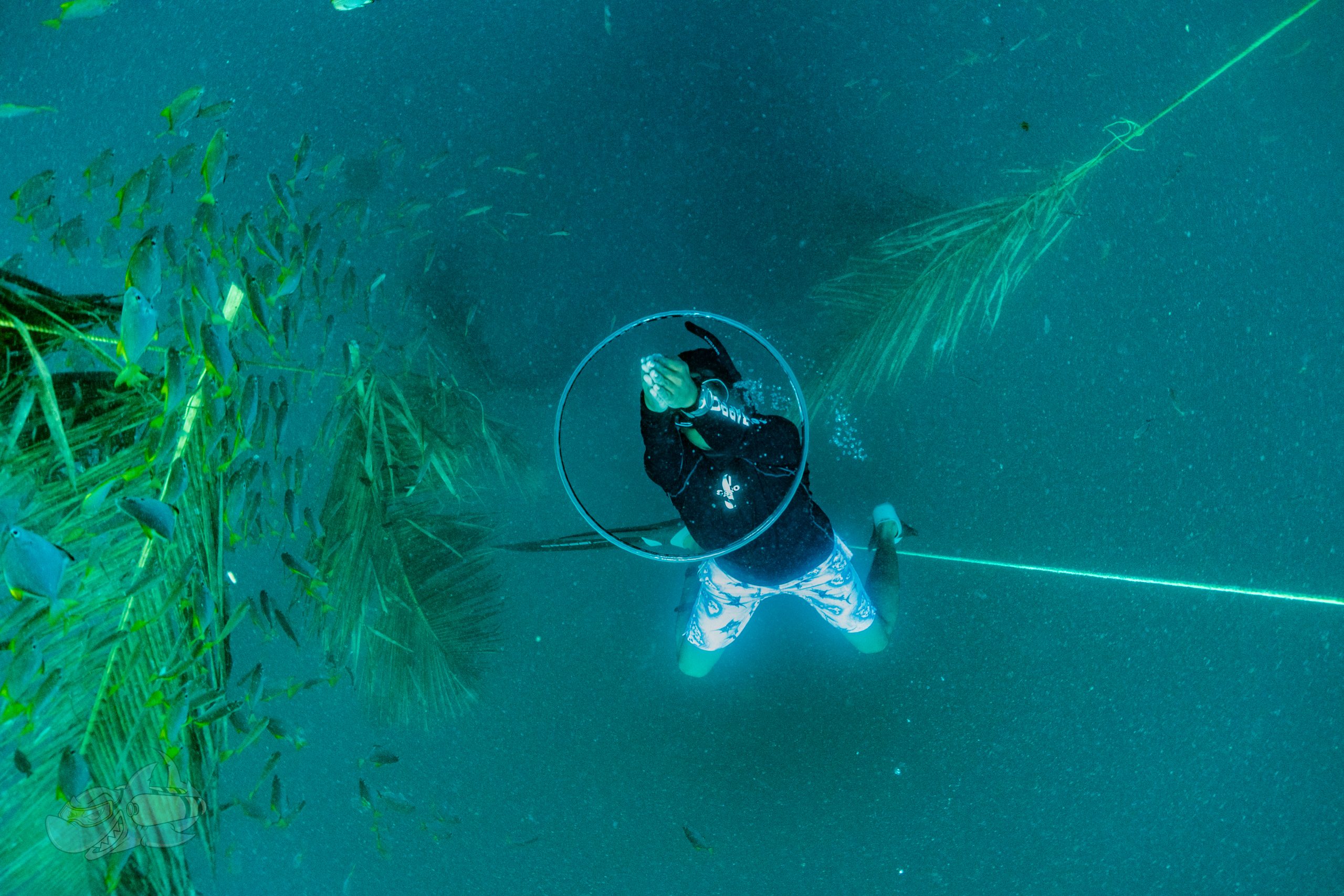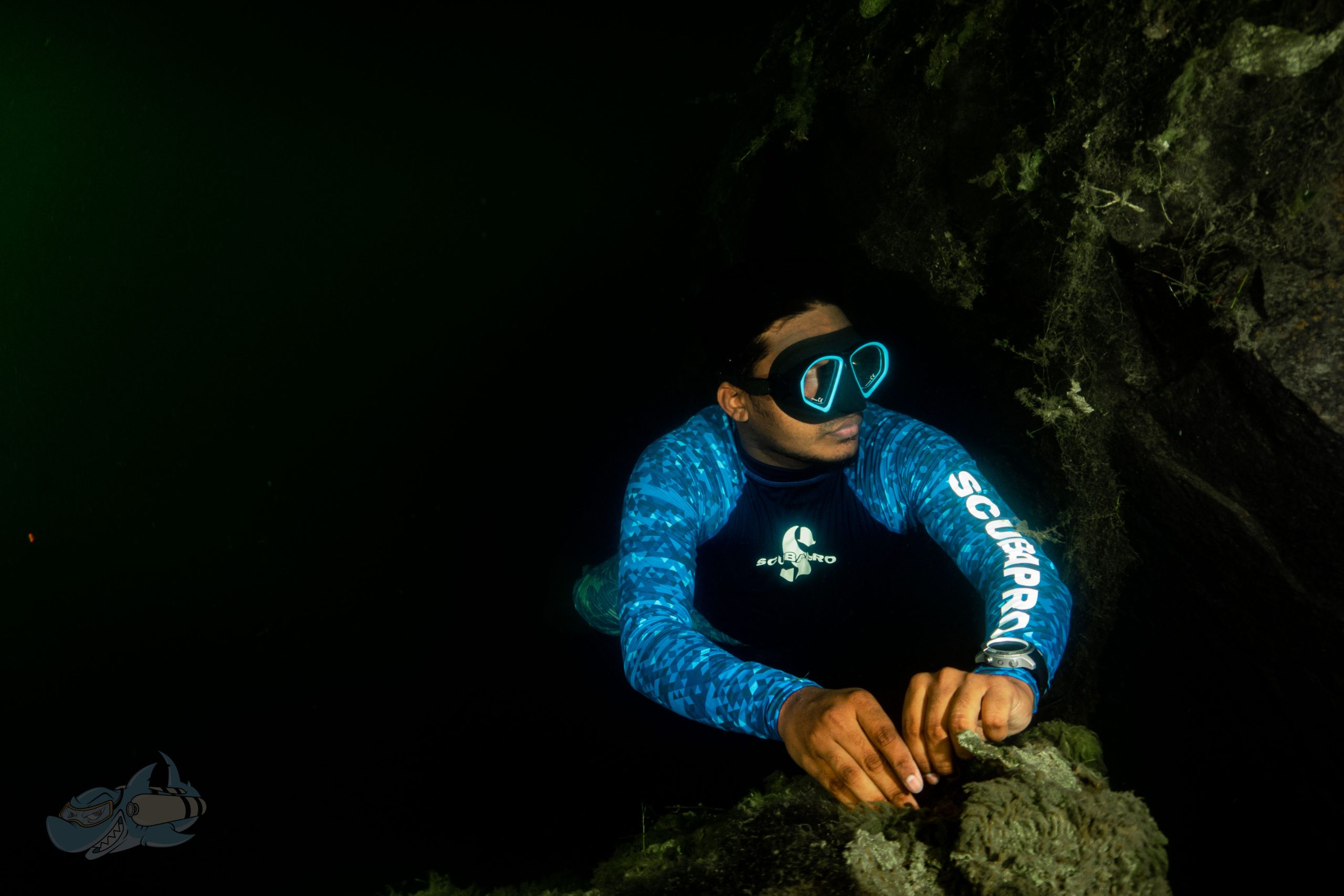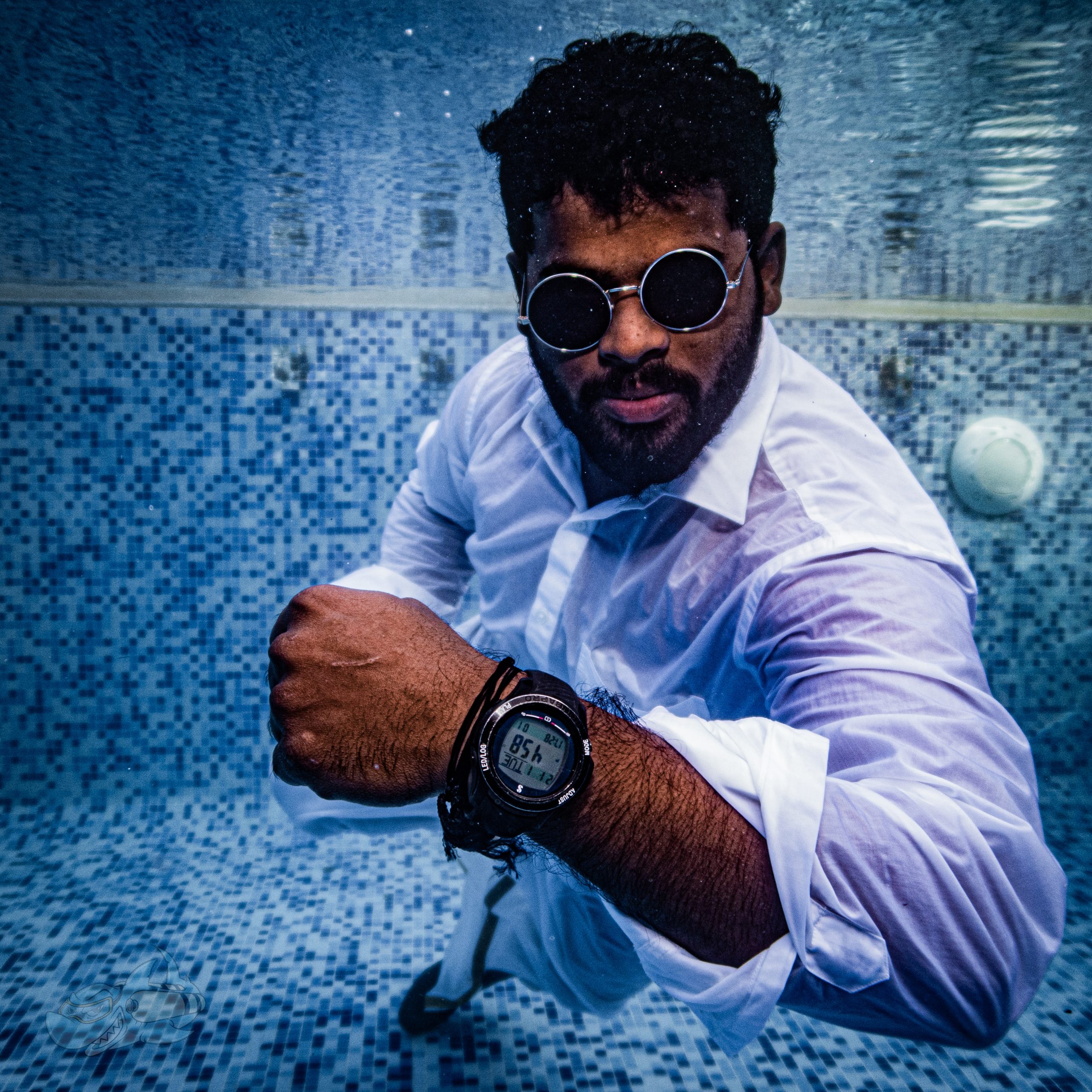To enroll in a Advanced Freediver course you must be at least 15 years old and have a Freediver certification (or a qualifying certification from another freediver organization). You also need to have Emergency First Response Primary and Secondary Care (CPR and First Aid) training within the past 24 months. You can complete this training during the Rescue Diver course. Your instructor may also offer the Emergency Oxygen Provider Specialty course at the same time.
The Advanced Freediver course consists of three main phases:
- Knowledge development about advanced freediving techniques and equipment. You'll study independently using the Freediver eLearning (or your instructor may conduct class sessions if not available in your language).
- Confined water session to learn stretching and relaxation techniques as well as refine static and dynamic apnea. Goal - static apnea of 2 minutes, 30 seconds (2 minutes for freedivers younger than 18) and dynamic apnea of 50 metres/165 feet (40 metres/130 feet for freedivers younger than 18)
- Open water sessions to practice deeper free immersion and constant weight freedives, along with additional buddy procedures and rescue techniques. Goal - constant weight freedive of 20 meters/65 feet (15 metres/50 feet for freedivers younger than 18)
Equipment
You need to have a freediving mask, snorkel, bifins, wetsuit and weight belt. Your instructor may allow you to use monofins. You'll also need a surface signaling device and a freediving computer (or depth gauge and timer).




